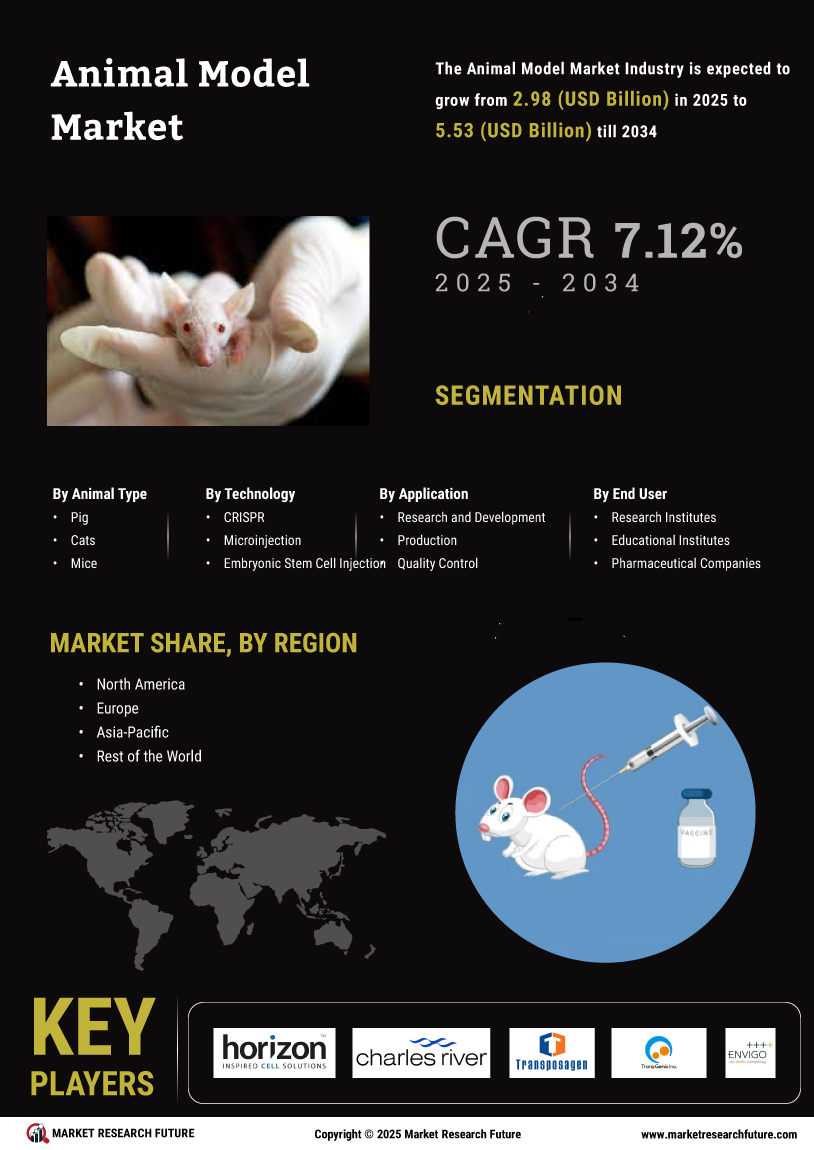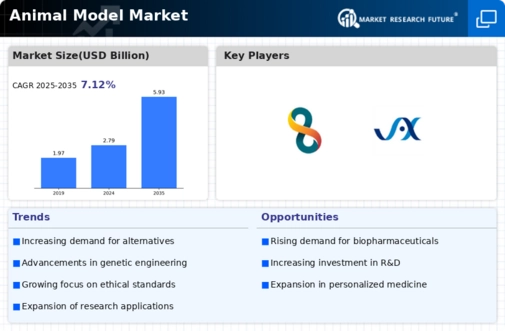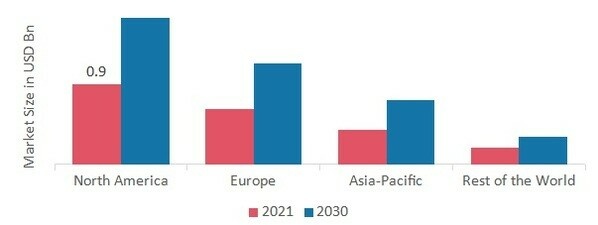Growth in drug discovery and development in the pharmaceutical sector to boost the market growth
On January 30, 2020, the World Health Organization (WHO) proclaimed the COVID-19 outbreak a public health emergency of significance. A total of 210 countries throughout the world have been impacted by COVID-19. The COVID-19 pandemic is an unprecedented threat to public health. It is projected to significantly affect the market for animal models used in vaccine and antiviral medication research and development. Before conducting human trials, it is crucial to confirm the safety and effectiveness of new entities using a wide number of animal models.
For instance, according to the WHO, almost 20 vaccines are reportedly being developed internationally for COVID-19. These COVID-19 vaccines are in the preclinical stage, and some have already begun animal testing. The SARS-CoV-2 coronavirus has been replicated in some mouse models, including the 129SvEv, hACE2 transgenic, BALB/c, C57BL/6, and STA1 gene deletion strains (KO). Therefore, during the projection period, COVID-19 infection increased growth and prospects for important companies in animal models.
Animal models are useful for target identification and validation, toxicity and safety testing, drug screening and lead optimization, and preclinical drug efficacy and safety evaluation. The market is predicted to increase in the next years due to the rise in genetic illnesses on a scale and the expanding research community. To better understand diseases, especially infectious and chronic diseases, animal models of living non-human animals are frequently used. Pharmaceutical firms, academic organizations, and research facilities use these animal models to create new medications, cures, and treatments.
Animal models are non-human living beings employed in research and experimentation due to their immunology and pathophysiology comparable to people. They have been employed in cellular and histological research as well as the prognosis, diagnosis, treatment, and study of illnesses and the discovery and development of medications. According to the U.S. Department of Agriculture, one hundred million mice, rats, and 1 million other animals were kept in captivity for research and laboratory tests in 2019.
Animal models that most closely resemble human systems are preferred since using human models for research is controversial on many levels due to the risk to human life, enhanced the animal model market CAGR across the globe in recent years.
Additionally, academic institutions use histological sections of certain organs for their microscopic research and use models in their labs to demonstrate anatomical dissections. The need for such models is predicted to rise in response to advancements in the education sector, supporting market revenue growth between 2022 and 2030, another factor driving the animal model market revenue growth.
The development of CRISPR technology as a powerful tool in biomedical research and the growing use of animal models in neurological research, biomedical research, toxicology, genetic research, physiology, cancer research, and xenotransplantationare the key market drivers enhancing market growth.
The Global Animal Model Market appears to be evolving rapidly, driven by advancements in biotechnology and an increasing emphasis on ethical research practices, which may reshape the landscape of preclinical testing.
U.S. National Institutes of Health (NIH)




